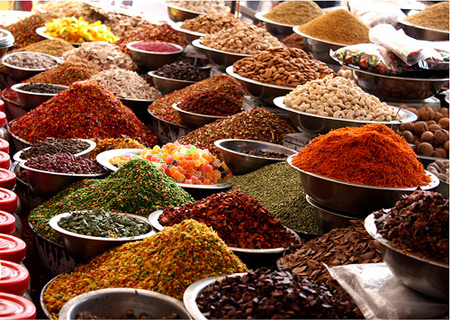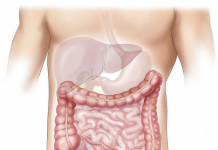As spring arrives, our body emerges from winter “sleep”. Our metabolism becomes more intense so we need to get more nutrients and vitamins to live on. But they can be hard to get. This may lead to a condition described by scary word “avitaminosis”.

Avitaminosis is a deficiency of any of essential vitamins. There are lots of causes for this condition, and the risk of having it largely depends on your diet.
Unbalanced diet, premade and refined foods, strict diets and pills deprive our body of vitamins. Vitamin deficiency may also be linked to poor absorption of nutrients in small intestine.
Think veggies and fruits are major sources of vitamins? You are all abroad. Basically, we get vitamin C, folic acid and carotene from them. And that’s only if you have a diverse mix of fruits and veggies. Don’t forget the fact their health benefits wane as they store.

As far as other vitamins are concerned, you can find them in meat, liver, eggs, milk, butter and vegetable oils, bread and grains. Cheese, tomatoes, cottage cheese, prune and dried apricots provide potassium and calcium.
It is these minerals that are responsible for the quality of intellectual activity. So if it’s become more difficult for you to focus, you forget what you were about to do a minute ago or just struggle to perceive new information, that’s a signal your brain needs these elements.
Spices also drive brain activity. Ginger and caraway boost attention. Black pepper, sweet pepper and turmeric stimulate blood circulation in brain.

Apart from coffee and tea, it is healthy to drink dried fruit compotes, adding wild rose berries or frozen black currant. Make sure you don’t consume too much vitamin C. 40 g of black currant, 74 g of oranges or one kiwi fruit will get you vitamin C daily intake.
Some vitamins are produced by our body. For example, vitamin D is produced from cholesterol by its reaction with UV light. Vitamin PP is formed in tissues from tryptophan amino acid. Bacteria in our stomach are able to produce vitamin K.
Read the “Nutrition Facts” food label on the package to know what vitamins this or that food can provide.
Here are some cooking tips on how to “extract” vitamins from food.
- It is not for nothing that cream is added to carrot juice. Vitamin A is a fat-soluble vitamin and fat-containing foods are a must for its uptake. This is also why a lightly dressed salad is healthier than non-dressed one.
- Vitamins are sensitive to oxidation by air, so cut veggies and greens just before you need them for cooking and boil them covered.
- Vitamins and essential fatty acids in nuts and sunflower seeds are destroyed by roasting.
- Make sure you cook veggies in a small amount of boiling salted water. Don’t pierce veggies with a fork or knife for doneness too often. Doing so, you let vitamins out. The best option would be to use a steamer.
- Vitamins are very sensitive to contacting with metals so it’d be better to cook in enamel, ceramic or glass kitchen ware. Teflon-coated containers are recommended for baking.
Source of the image: flickr.com/photos/bitzi, flickr.com/photos/lamzah, flickr.com/photos/sudhamshu.











